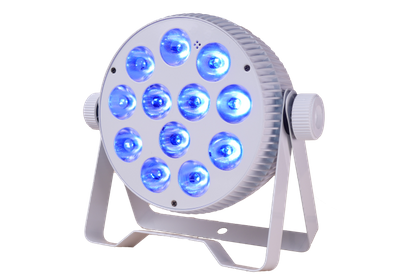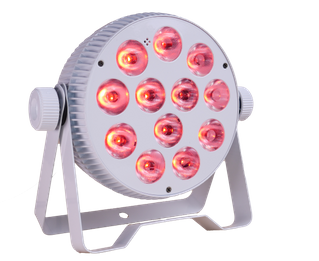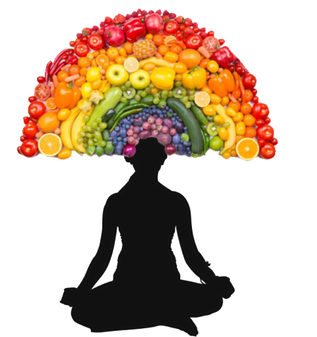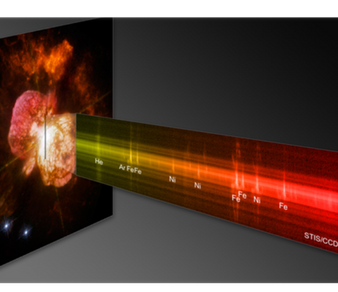The Mandala Light Alchemy Pulsar is an innovative light therapy device offering 16 million color variations for health enhancement. It uses spectroscopy to identify and address color deficiencies in the body, promoting wellbeing. Compact and controlled by an Android app, it's ideal for holistic health enthusiasts, combining light and sound therapy.


The L’Alchemy Pulsar is a compact device that can be easily transported and placed anywhere. Its sturdy case is made of aluminum, ensuring durability and solidity.
...Matter, as it were, is condensed or frozen light all matter is a condensation of light into patterns
LIGHT is what enfolds the universe
LIGHT can carry information about the entire universe
LIGHT can produce particles and all the diverse structures of matter..."
Dr. David Bohm - (Eklof, 2003)

Different frequencies of light can affect the nervous system in unique ways. The Parasympathetic System becomes more sensitive to blue light, leading to decreased anxiety and hostility, resulting in relaxation. Meanwhile, the Sympathetic System responds more strongly to red light, causing excitement and increased tension. Even blind individuals with intact optic pathways respond similarly to these light frequencies, as shown in a study by Joubert in 2004.
Altering the color and quality of the light that enters the eyes can have beneficial or detrimental effects on the balance of both systems of the autonomic nervous system, which can ultimately impact various functions within the body.
Colored light therapy is a powerful tool that can stimulate the biochemistry of the brain through the visual system's retinal-hypothalamus brain connection.

Food is composed of varying frequencies of light at a quantum level.
During digestion, the food is broken down and distributed to the areas of the body that require specific frequencies of light to function properly.
Deficiencies in certain parts of the light spectrum, such as those caused by improper nutrition, can lead to ill health within the human body.
Supplementation with missing colors can provide the necessary frequencies of energy and light, potentially improving overall health.



When a plant is consumed, the body breaks it down and utilizes the energy of light present in the plant across the entire range of electromagnetic frequencies.
This energy becomes the driving force of the cells throughout the body.
Dr. Fritz-Albert Popp (McTaggart, 2001)
Spectroscopy is the study of how light and matter interact with each other.
When light is shone on a material, the amount of light absorbed depends on the composition of that material.
By analyzing the light that has been absorbed, we can learn about the elemental composition and nature of the material.
Sound and Light entrain the brain with the new connections.
A spectroscope can reveal the elemental composition of a substance by analyzing the unique pattern of spectral lines, which appear as colors or a series of colors, corresponding to the specific wavelengths of light absorbed and emitted by the substance.


Light Mandalas Products are not medical tools. They cannot replace any medical tools and medical treatment from doctors. All information about the applications is collected and revised for the purpose of sharing the experience with users. The results are dependent on their circumstance. The products are developed for stress control and relaxation by using light and color with frequency combination as energy support.
All results will be the user's own responsibility. Light Mandalas Co., Ltd. (Thailand) will not take any responsibility for any harm occurring.
Copyright © All Rights Reserved by Light Mandalas Co., Ltd. (Thailand)
